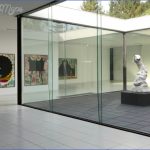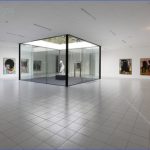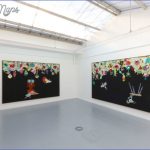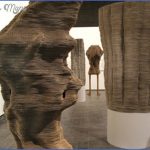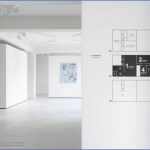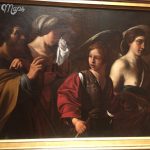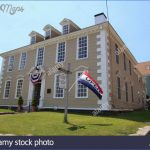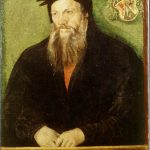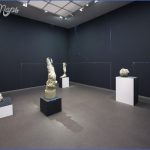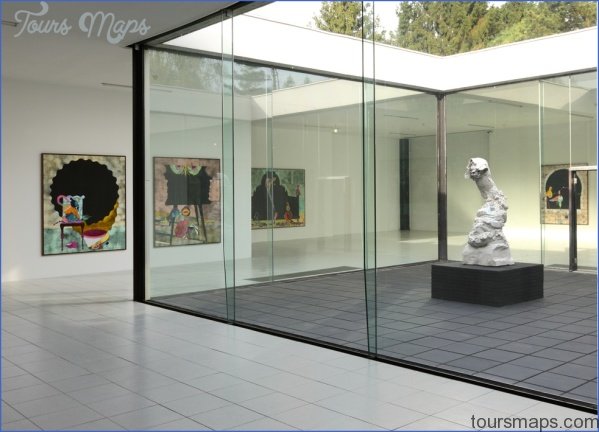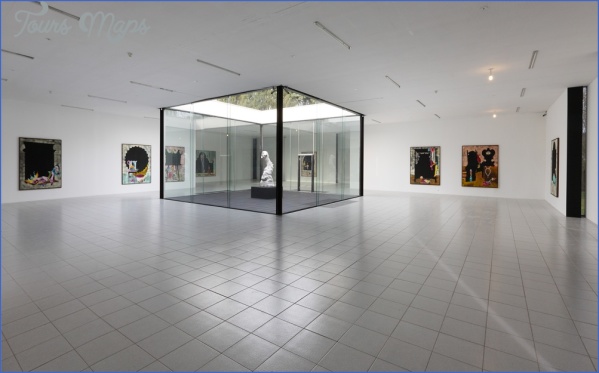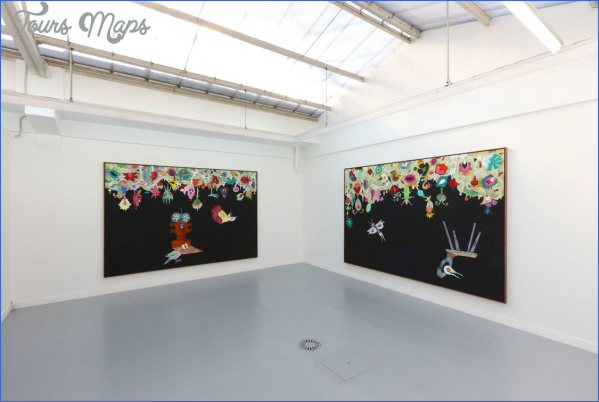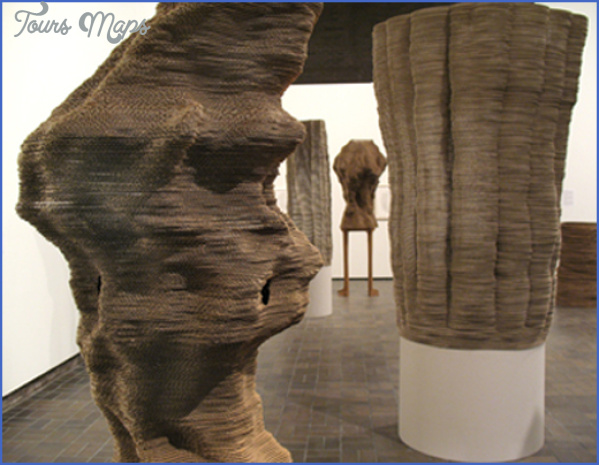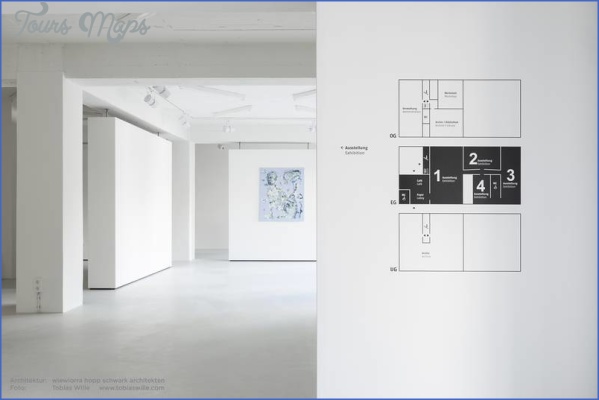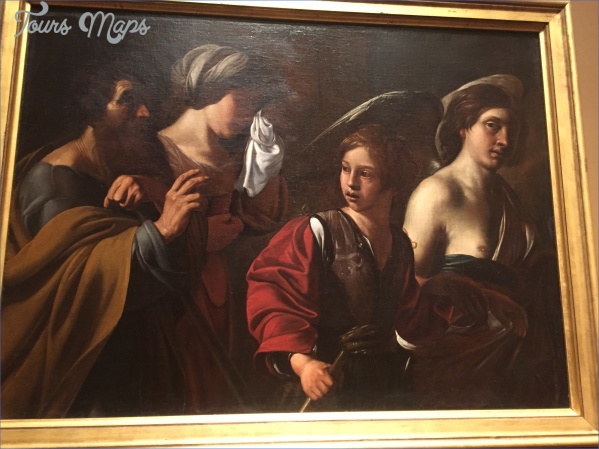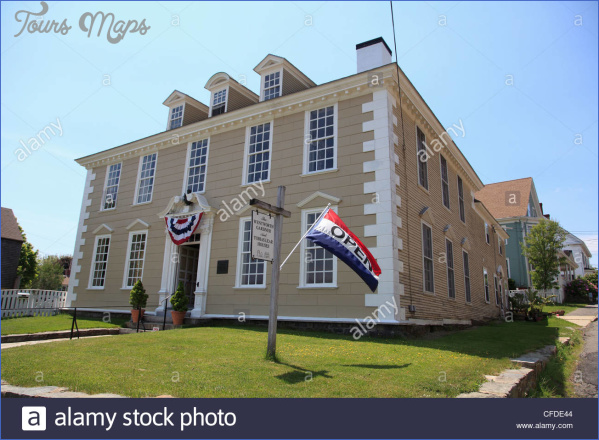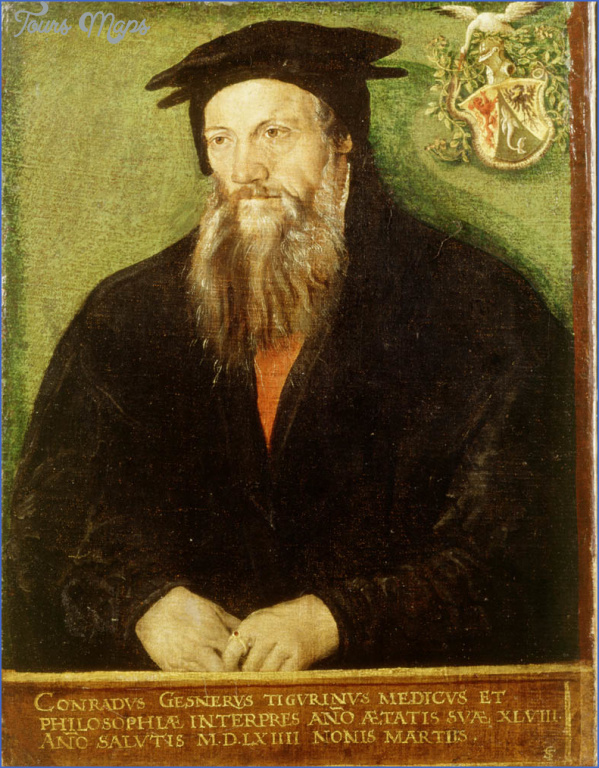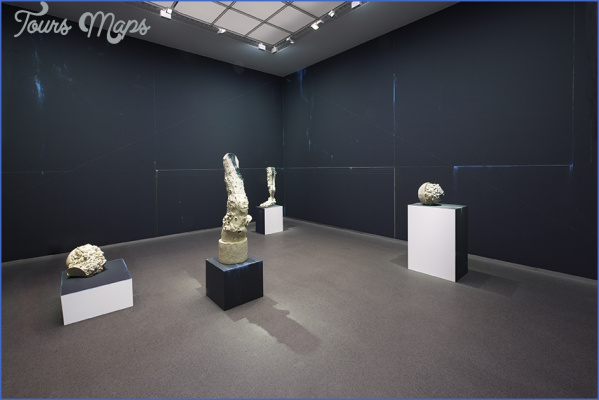TOBIAS MUSEUM
Off the west coast of Estonia are two islands, of which the more northerly, and the smaller, is Hiiumaa. Rural and idyllic, sparsely populated, it was once a summer resort for rich families, chiefly from Sweden. The ferry from the mainland (a journey of one and a half hours) sails from Haapsalu, a resort just over 100 km from Tallinn, still of some charm although it has seen better days; it was once a favourite holiday retreat of Tchaikovsky, who is commemorated on a stone bench facing out to sea. In the same shoreline park, known as Africa Beach, there is a bust of Rudolf Tobias.
The village of Kaina is about 16 km from Heltermaa, where the ferry docks. It is the site of a summer folksong festival. At the end of the village, on the main road, surrounded by fields, is the house where in 1873 Rudolf Tobias was born: a thatched-roof cottage, built in 1839 for the church organist and the only one of its kind to survive on the island -preserved because of its connection with the Tobias family.
The family had lived on Hiiumaa since the 16th century. Rudolf’s father, Johannes, and his father before him, had been the village churchwarden and organist; Johannes was a resourceful man who built organs and furniture, some of which is on display along with other family furnishings. The largest of the five rooms was used for choir rehearsals, so it is remarkable that, besides his own family, Johannes accommodated eight orphans from the village. Rudolf lived there until he was 12, when the family moved to Kullamaa, on the mainland.
The house became a museum in 1976. In keeping with its twin roles as composer museum and social history museum, several of the rooms are recreated – the music room, with several organs (one by Johannes Tobias) and pianos, the unheated summer room in the far corner and the kitchen (with pieces of English Wedgwood china, precious to Mrs Tobias) – while others, such as the long family bedroom, display Rudolf’s life in photographs and facsimile documents, with copies of his editions and recordings of his music as well as monographs about his life and works. On the wall are extracts from his writings.
TOBIAS MUSEUM Photo Gallery
Tobias is remembered in Estonia as the country’s first professional composer. He went to school in Tallinn, then studied with Rimsky-Korsakov at St Petersburg Conservatory (1893-7). His overture Julius Caesar (1896) was the earliest Estonian symphonic music and his cantata St John of Damascus (to a Tolstoy text) and his D minor Piano Concerto are acknowledged as the first of their kind in the country. He had a brief career as a solo pianist, based in Tartu, but could not settle in his native country (he was short-tempered and a poor conductor); he went to Paris, Leipzig, where his oratorio Jonas Sendung (‘Jonah’s Mission’) was performed, and ultimately to Berlin, where he succeeded Engelbert Humperdinck as professor at the Royal Music Academy and acquired a German wife (and five children) as well as German citizenship. He was conscripted into the German Army during World War I, but discharged on grounds of ill-health in 1916 and died of his injuries just before it finished in 1918.
The memory of the Romanian composer and musicologist Sigismund Toduta (1908-91) still burns bright among the generations of composers he nurtured at the Academia de Muzica ‘Gheorghe Dima’ in Cluj-Napoca. In the year of his death they established a Fundatia Sigismund Toduta, which publishes music and holds an annual symposium as a birthday tribute and a biennial composition competition. They still meet to discuss and perform music in Toduta’s lovingly preserved flat in the quietly prosperous suburb of Grigorescu, not far from the municipal stadium and the Somesul River, on the western side of Cluj-Napoca, the largest city in Transylvania.
Toduta was a revered mentor, with a polished command of polyphony, honed by years of close study of Renaissance music and the works of J.S. Bach, and of orchestration. His own style was tempered by his investigations into Romanian folk music. His compositions include an opera, five symphonies and several concertos; his training in Rome at the Accademia di S Cecilia and the Pontificio Instituto di Musica Sacra in the late 1930s and early 40s and his work in Romanian folk music are both reflected in his choral output, which includes folk settings and oratorios. He also wrote piano sonatas and songs. He was still composing as late as 1989, when he completed an oboe concerto.
Toduta spent almost all his life in Cluj-Napoca, but he lived in the first-floor flat of a corner house just off the Piata 14 iulie, in what is now the eponymous Strada Sigismund Toduta, only during his last eight years. Today the large double reception room retains his Bechstein boudoir grand so that it may serve as a venue for meetings and private concerts of chamber music. Toduta’s family has also allowed other musical memorabilia to remain in situ in commemoration of him, including manuscripts (some of unfinished works), published books and scores, posters of his recitals and the 1985 revival of his 1947 opera Me^terul Manole (‘Master-builder Manole’) as well as a portrait, a plaster bust and photographs. Outside, on the side of the house, is a commemorative plaque. Societatea Culturala Sigismund Toduta Probably the most eminent Czech composer of his generation, Vaclav Jan Krtitel Tomasek was born in 1774 in the East Bohemian town of Skutec, some 140 km east of Prague. It was in Prague that he spent most of his life, where he was known as a learned and authoritative teacher (his pupils included Vonsek and Hanslick) and where in 1850 he died. He travelled a good deal – he paid calls on Haydn and Beethoven, and Wagner and Berlioz were among those who called on him. Essentially a figure of the post-Classical, early Romantic era, he is chiefly remembered for his piano pieces – more eclogues, rhapsodies and dithyrambs than sonatas – and his songs. A plaque was erected in 1889 on the house where he was born, in a quiet back street. But it is only relatively recently that Skutecs became more aware of his importance. The house was bought in 1986 by the local branch of the Czech Brethren of the Evangelical Church, and was reconstructed to include a prayer room, a flat for the local pastor and a memorial room to Tomassek, organized in conjunction with the local museum, the Messtske Muzeum Skutecs, which is also responsible for the Novak museum; the street in which it stands is now called
Tomaskova. In the one from which it leads, outside a bank, there is a fine bust to the composer, by Jaroslav Brozs, put up in 1998.
The memorial room was opened in 2000. Quite modest in size, and with a vaulted ceiling, it is generously filled with display material, some of it loaned from national museum sources, in a series of modern cabinets. There is an early portrait of Tomasek, by Barbara Krafft, facsimiles of several of his manuscripts (including a particularly elegant one of his op.65 dithyrambs) and copies of his published works, from various periods of his life; there are 19th-century photos of Skutecs and Prague, pictures of his Czech contemporaries, composers, poets, patrons, pupils; material relating to his opera Seraphine and its production at the Estates Theatre in Prague; a number of engravings of Tomassek and reproductions of documents relating to his life and death (letters, his musical visiting card with an enigmatic canon, newspaper announcements, photographs of his Prague house, in Tomassske ulici, with its two plaques, Czech and German); a miniature of his wife (he was briefly, unsuccessfully married); and material on revivals of his music and celebrations of his anniversary since his death. A further central case contains personal items – a small, folding music stand, a travelling clock, some elaborate knives, engraved glassware, nightlights, wick-cutters and, rather oddly, a nutmeg grater. If a slightly haphazard collection, it nevertheless gives a definite impression of the man, his life and his times.
Maybe You Like Them Too
- Explore Angleton, Texas with this detailed map
- Explore Blavozy, France with this detailed map
- Explore East Lindfield, Australia with this detailed map
- Explore Bonferraro, Italy with this detailed map
- Explore Doncaster, United Kingdom with this detailed map

